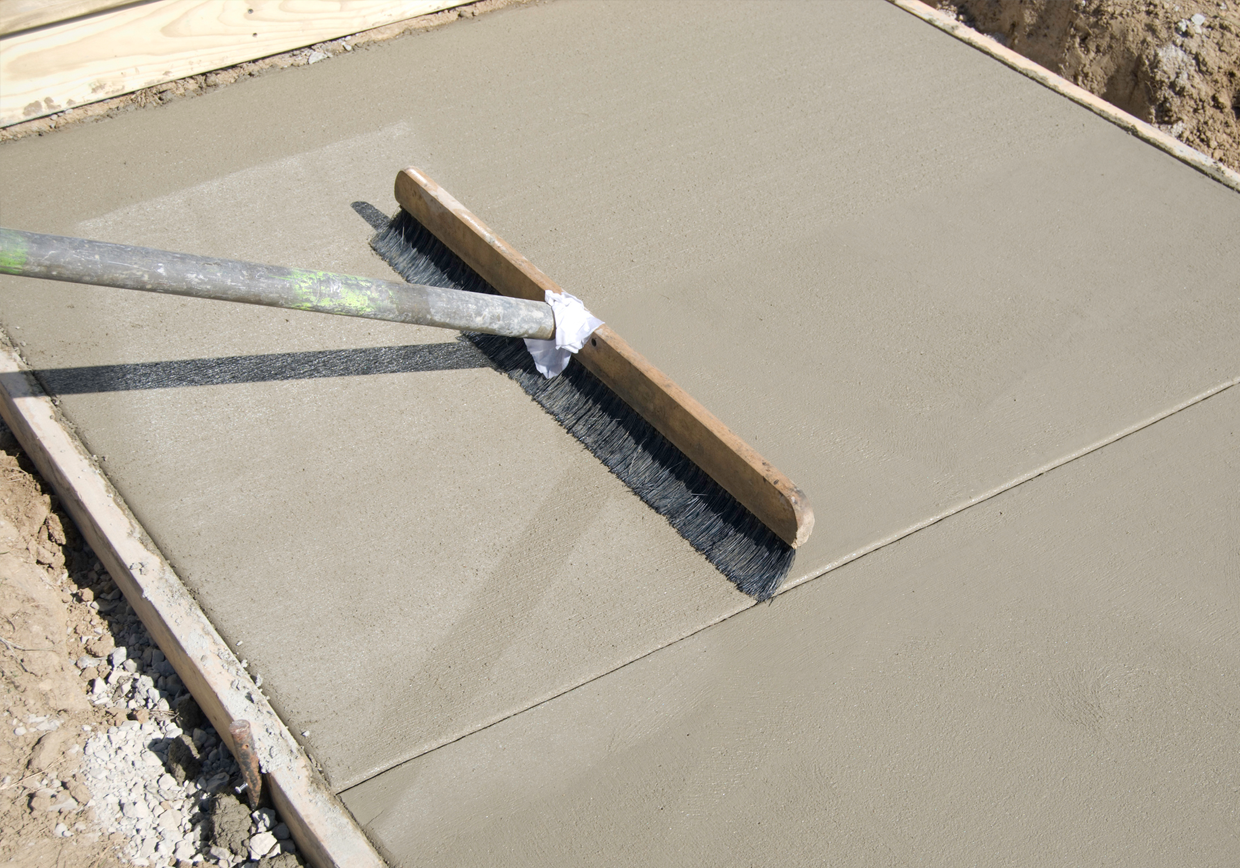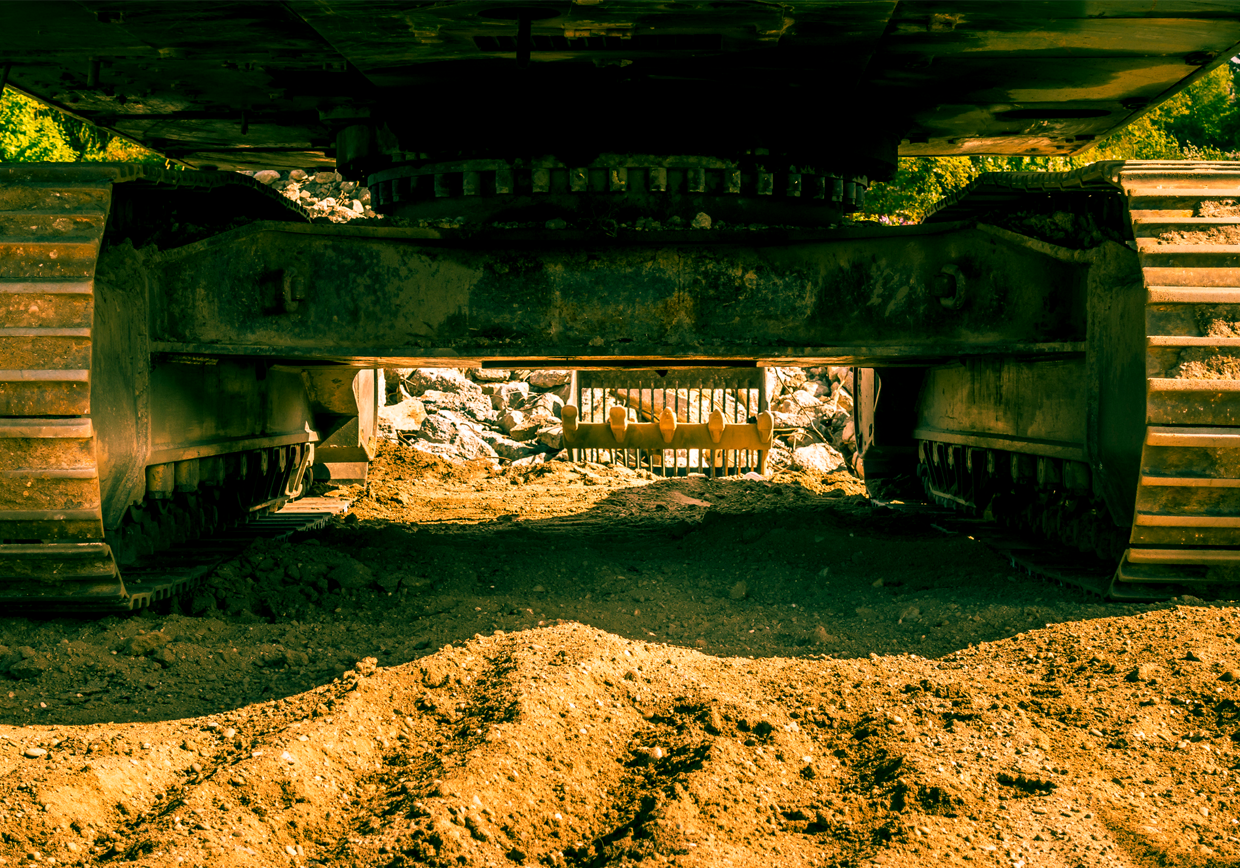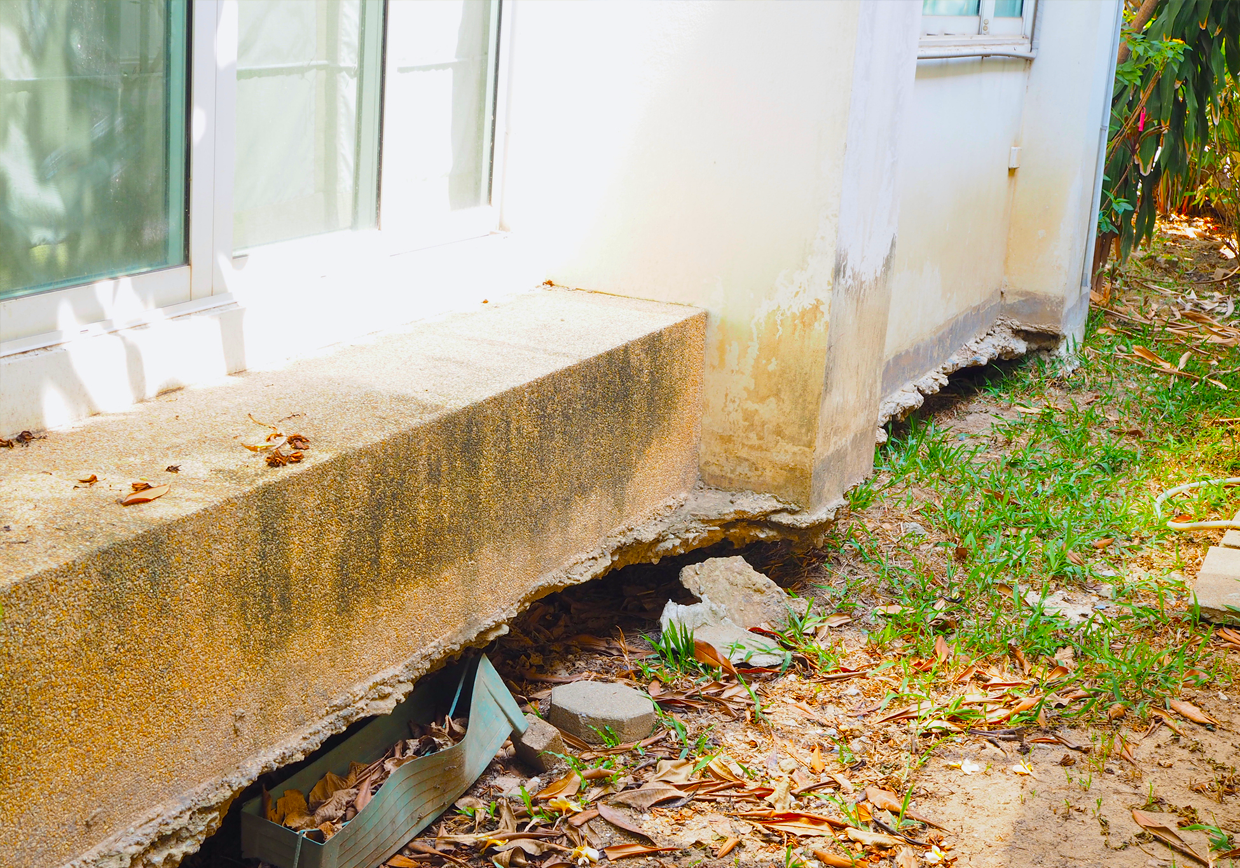Blogs and insights
How to Know If Your Concrete Pad Was Properly Prepped
Published on
September 3, 2025

Introduction
A fresh concrete pad always looks clean, smooth, and solid at first. But after a few months or seasons, things start to change. Cracks appear. Edges sink. Water pools where it shouldn’t. The truth is, most problems with concrete aren’t caused by the concrete itself. They’re caused by what’s underneath. If the ground wasn’t prepped correctly, you’re almost guaranteed to run into issues.
Here’s how homeowners in Elgin County can spot the signs of poor prep work and know when it’s time to take action.
1. Uneven Settling Means the Base Was Weak
If your concrete pad is sinking or cracking unevenly, it’s often because the soil beneath wasn’t compacted properly. A good excavation crew will remove soft or organic soil, install a gravel sub-base, and compact it layer by layer. This prevents shifting over time and gives the slab a strong foundation.
2. Water Pooling Indicates Poor Drainage Slope
Concrete should always be poured with a slight slope so water runs off, not toward your home. If you notice puddles forming or water creeping toward your foundation, that’s a sign the site wasn’t graded or sloped properly. Fixing the drainage may require lifting or replacing sections of the pad, along with better excavation around the area.
3. Surface Cracks Aren’t Always Cosmetic
Hairline cracks are normal, but wide or deep cracks that grow over time usually mean there’s movement beneath the slab. If the sub-base wasn't thick enough or the soil shifts with moisture, that stress will show up on the surface. A professional excavation and soil assessment can determine the root cause and help prevent further damage.
4. Frost Heave Can Wreck Your Pad Over Winter
In colder months, moisture in the ground freezes, expands, and pushes up anything above it. If your concrete pad wasn’t excavated below the frost line or insulated properly, you may see sections rise, crack, or tilt. This is one of the biggest reasons to invest in proper site prep before the pour.
Final Thought
The strength of your concrete pad has less to do with what you see and more to do with what’s hidden underneath. If you’re seeing problems, excavation and grading may be the key to solving them.






